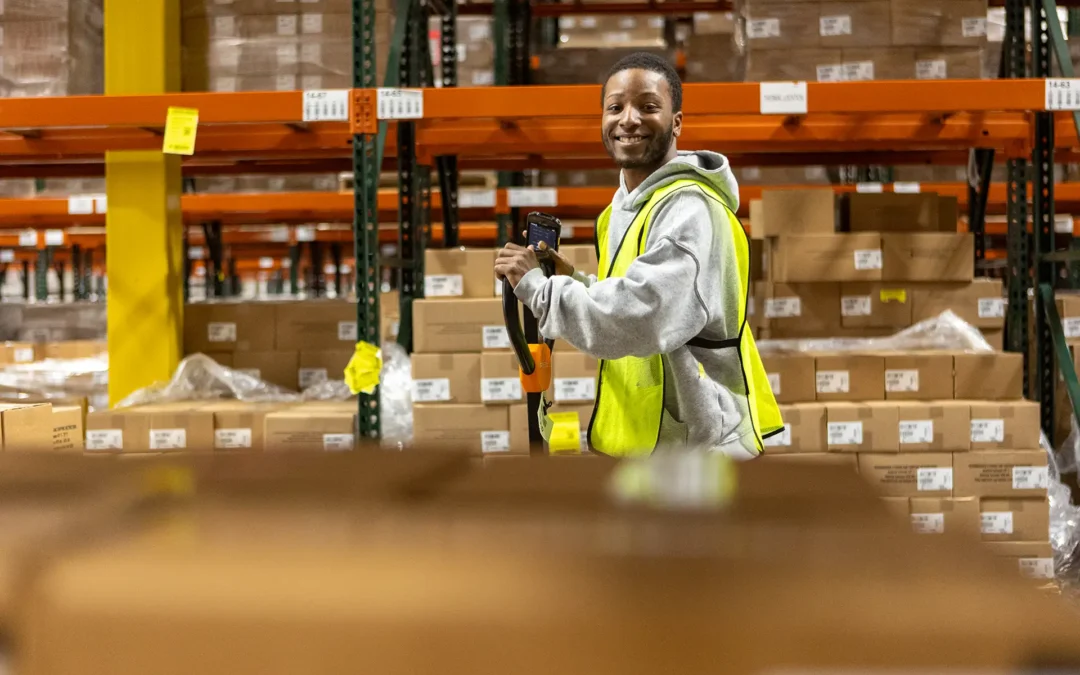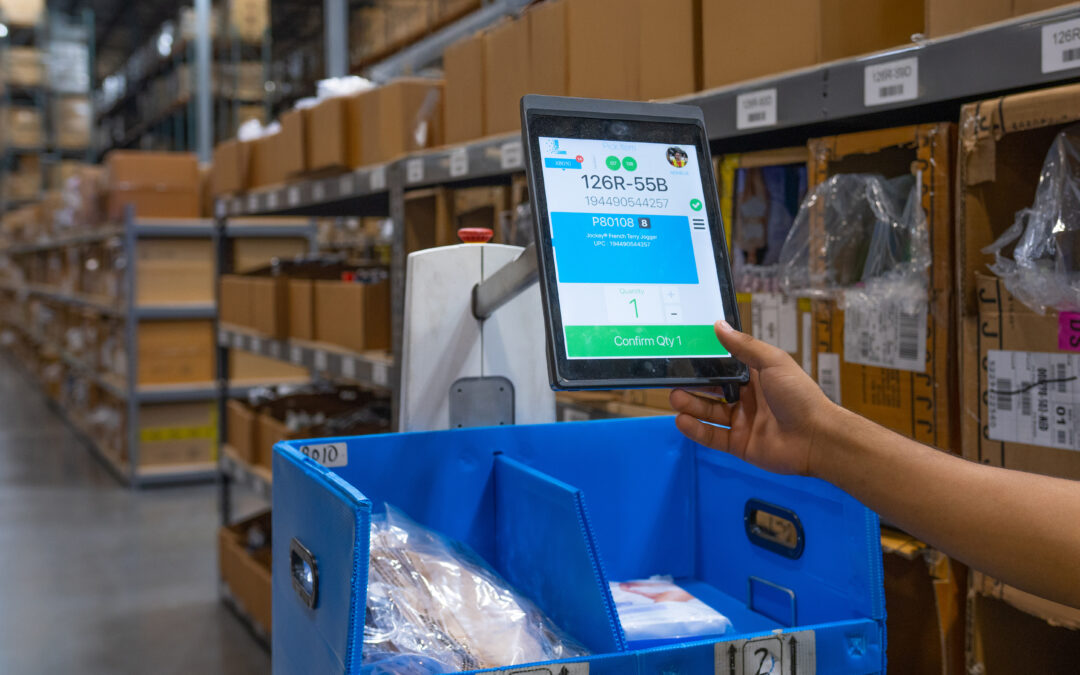We’ve all been there. We found a perfect item online that fits the bill. We read the detailed description and scoured the reviews. We placed the order and held our breath, waiting for the day we can get our hands on this perfect product that will take our life to the next level. And then it arrives, and you open it up! …And it does not quite live up to the expectations we had set… What do we do? Well, we check out the returns policy, make sure we’re within the window, contact customer service or fill out a form and ship back, awaiting our refund.
What is a Returns Center?
If you’re running an online eCommerce business, you know that returns are an inevitable part of the business. While it’s never ideal to have a customer return a product, having an efficient returns center in place can make the process much easier for both you and your customers. So, what exactly is a returns center? Simply put, a returns center is a designated location where customers can send back products that they’ve purchased from your online store. This is usually a portion of the warehouse in the same location that your order fulfillment is being conducted out of.
Returns centers can either be run “in-house” or outsourced to a 3PL, which is usually the same company that is handling the storage, shipping, kitting, and other services. There are many benefits of optimizing your returns process; these include:
- Increased customer satisfaction: Customers want to know that they can easily return a product if it doesn’t meet their expectations. You can increase customer satisfaction and build trust with your audience by offering a simple and streamlined returns process.
- Better inventory management: Returns centers can help you keep better track of your inventory levels. By receiving returned products at a central location, you can quickly assess the condition of the items and decide whether to restock them or dispose of them.
- Improved efficiency: If you have the resources, you can do all of this within your organization. Or, by partnering with a fulfillment/returns partner to manage your returns center, you can free up your own time and resources to focus on other aspects of your business, such as sales, promotions, and other things that have led to your success thus far! Your fulfillment/returns partner can handle the entire returns process from start to finish, including receiving, inspecting, and restocking returned items.
How Returns Centers Work
Returns centers typically follow a similar process regardless of if you are handling the process in-house or with a 3PL. Here’s an overview of how a returns center typically operates:
- The customer initiates a return: When a customer decides they want to return a product, they will typically need to fill out a form on your website or contact your customer service team to initiate the process, providing a label, either free or paid.
- Receiving and inspection: Once the return has been initiated and shipped, the returns center will receive the product. Once received, the 3PL will inspect the product to determine the condition based on your standards. If the product is in good condition and can be resold, either as an A-tier or B-tier product, it will be restocked as such. If the product is damaged or cannot be resold in its current condition, it may be disposed of or shipped back to the manufacturer for refurbishment.
- The customer is refunded: Once the return has been inspected, the customer will be refunded for their purchase.
Return Center Tips
Looking to set up a returns center? Here are some tips to help you make this less-than-optimal situation hurt less.
- Partner with a reputable 3PL company: Look for a 3PL company that has experience in ecommerce fulfillment and a proven track record of handling returns efficiently.
- Make the returns process as easy as possible for customers: The easier it is for customers to return products, the more likely they are to make a purchase in the first place. Consider offering free returns, a simple returns form, and clear instructions for returning products.
- Develop clear returns policies: Make sure your returns policies are easy to understand and clearly communicated on your website. This will help customers know what to expect when they initiate a return.
- Use technology to streamline the process: When working with a 3PL, they can make suggestions or even develop software that can help optimize the process, including label creation, returns tracking and issuing refunds.
Looking for a partner with experience in returns and fulfillment? Look no further! Contact IDS Fulfillment today to bring your logistics to the next level!



